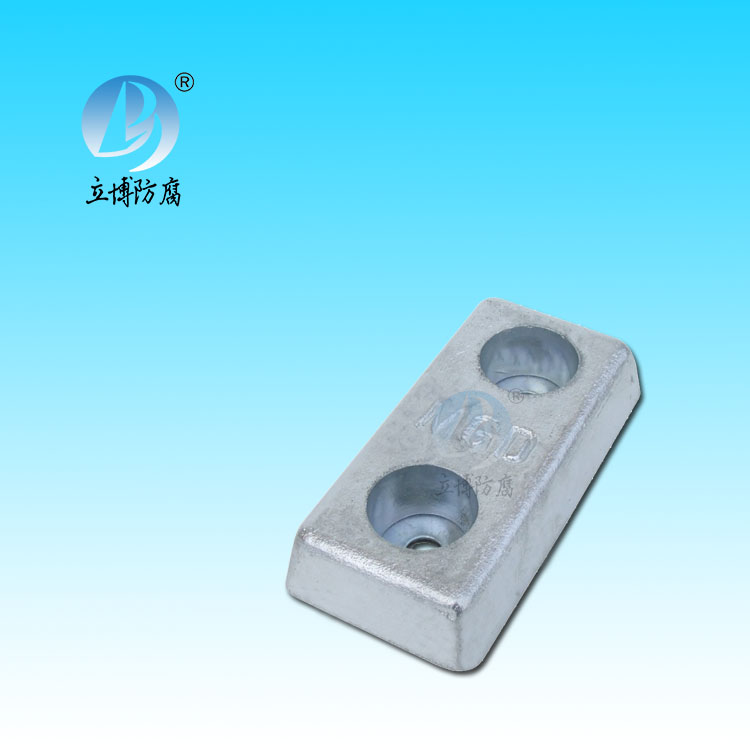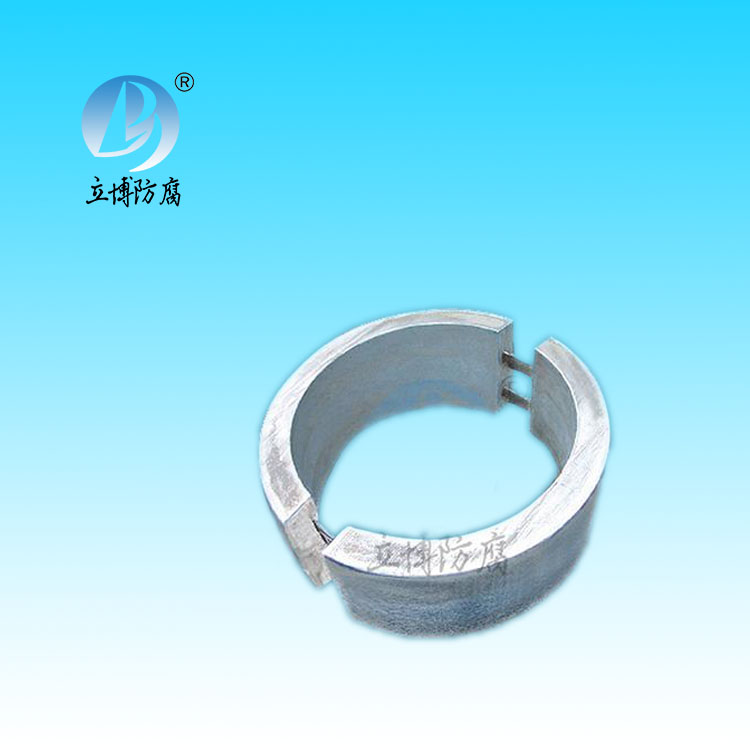News
News
- What is a sacrificial anode
- Basic requirements for reference...
- What does the reference electrode do...
- Why are zinc blocks attached to the ...
- What is the principle of impressed...
- What material does metal structure...
Contact
Phone:18739187123
hotline:0391-7588881
E-mail:970512272@qq.com
Address:Wuzhi County, Jiaozuo City, China
Q & A
Chemical principle of descaling of magnesium alloy sacrificial anode rod
- Author:Libo
- Source:wwww.dingzhiyinbi.com
- Date:2021-06-11
- Click:0
Sacrificial anode method is the earliest electrochemical protection method. It is simple and easy, and does not interfere with nearby measures. Sacrifice anode is still a means of anti-erosion, can be used for drainage, lightning protection and anti-static grounding. Compared with forced current protection, sacrificial anode method has unique advantages and functions, so it is also faced seriously by people. ?
In recent years, sacrificial anode technology has been popularized and developed in China. In the production also to scale, serialization direction. It has been successfully applied in the protection of oil and gas pipelines, sea vessels and offshore structures.
Sacrificial anode protection principle
According to the principle of electrochemistry, two kinds of metal with different electrode potential are placed in the electrolyte system. When there is a wire connection, there will be current activity. At this time, the metal with negative electrode potential is the anode, and the potential difference between the two metals is used as the current source for cathodic protection. This is the basic principle of the sacrificial anode method.
Magnesium anode rod (magnesium rod) Magnesium is the metal with the lowest potential in the electrochemical sequence and is physiologically non-toxic. Use magnesium alloy as the metal component anode that needs to be protected, make use of its easy to lose electron characteristic, let it lose electron, protect the metal component not to lose electron to be oxidized, achieve the function of protecting the component.







 客服QQ
客服QQ